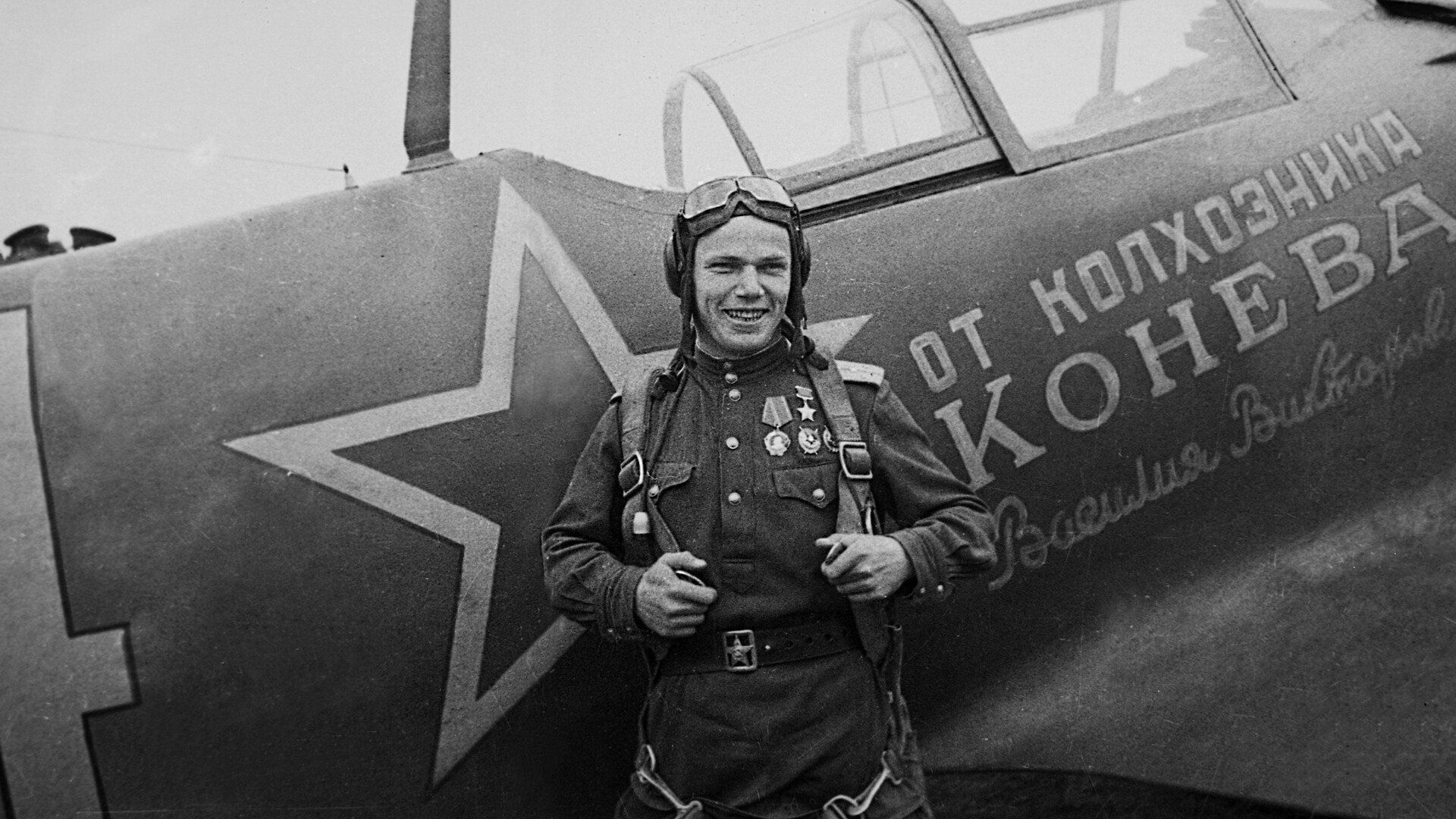
Ivan Kozhedub standing next to his La-5FN fighter aurcraft.
Ivan Shagin/Sputnik"My life is forever connected with aviation. I can't live without the sky," Soviet pilot Ivan Nikitovich Kozhedub wrote in his memoirs. He shot down 64 enemy planes, which makes him the best performing fighter pilot in the air forces of all the countries that fought against the Nazis in World War II.
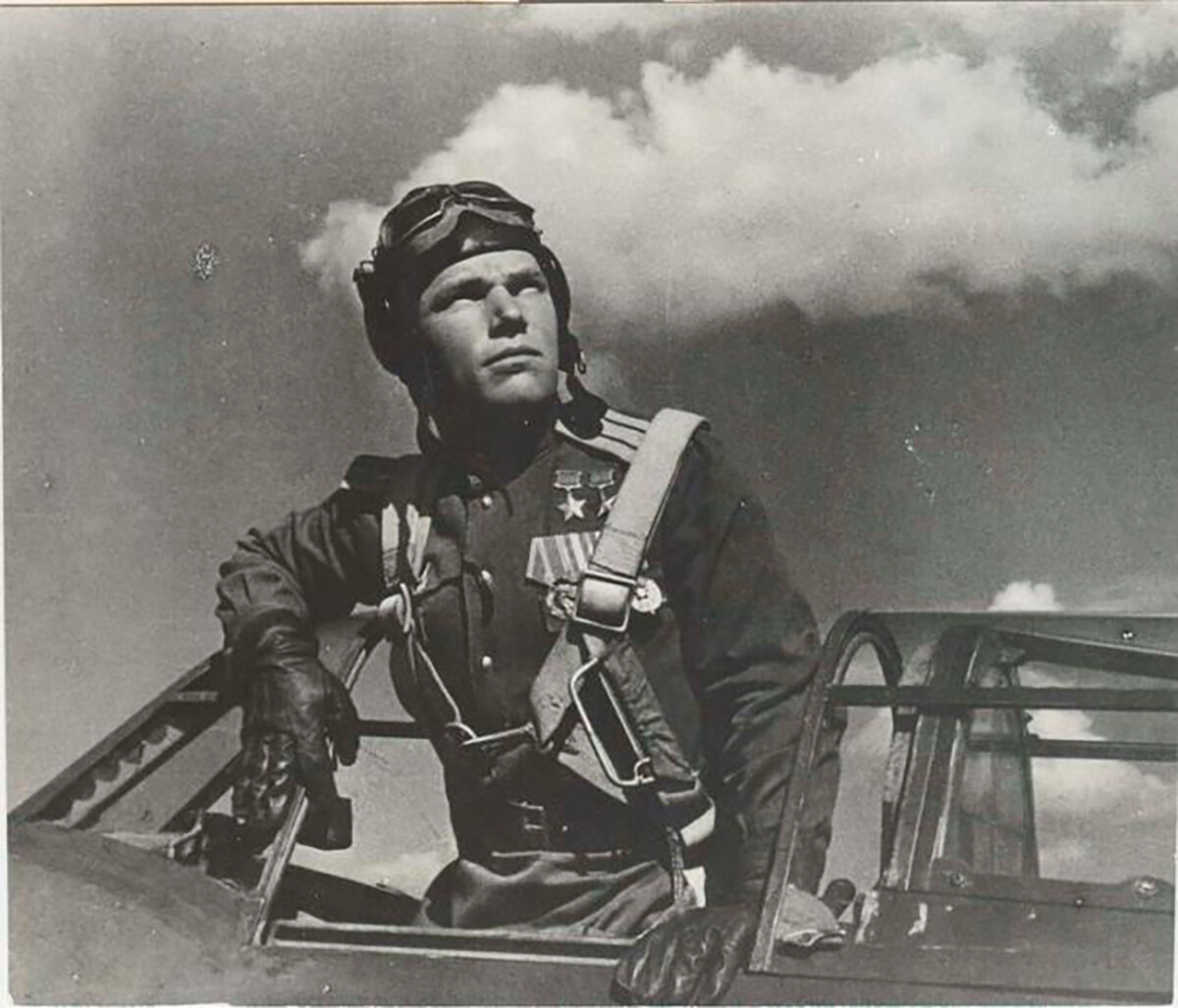
Ivan Kozhedub in 1944.
Boris Velyashev/МАММ/МDF/russiainphotoKozhedub arrived at the front line quite late – only in March 1943. And his glorious combat path could have ended before it began. In his first aerial battle over Voronezh, his La-5 plane came under fire not only from German bombers, but also Soviet anti-aircraft guns. Nevertheless, Ivan Nikitovich managed to land his damaged plane in a field.

Kozhedub receives congratulations from his comrades on his 60th victory.
T. Melnik/TASSThe pilot's finest hour came during the large-scale Battle of Kursk in the Summer of 1943. On July 6, he shot down his first enemy aircraft – a Junkers Ju-87 dive bomber. The following day, he downed another one and, on July 9, he added two German Messerschmitt Bf 109 fighters to his tally.
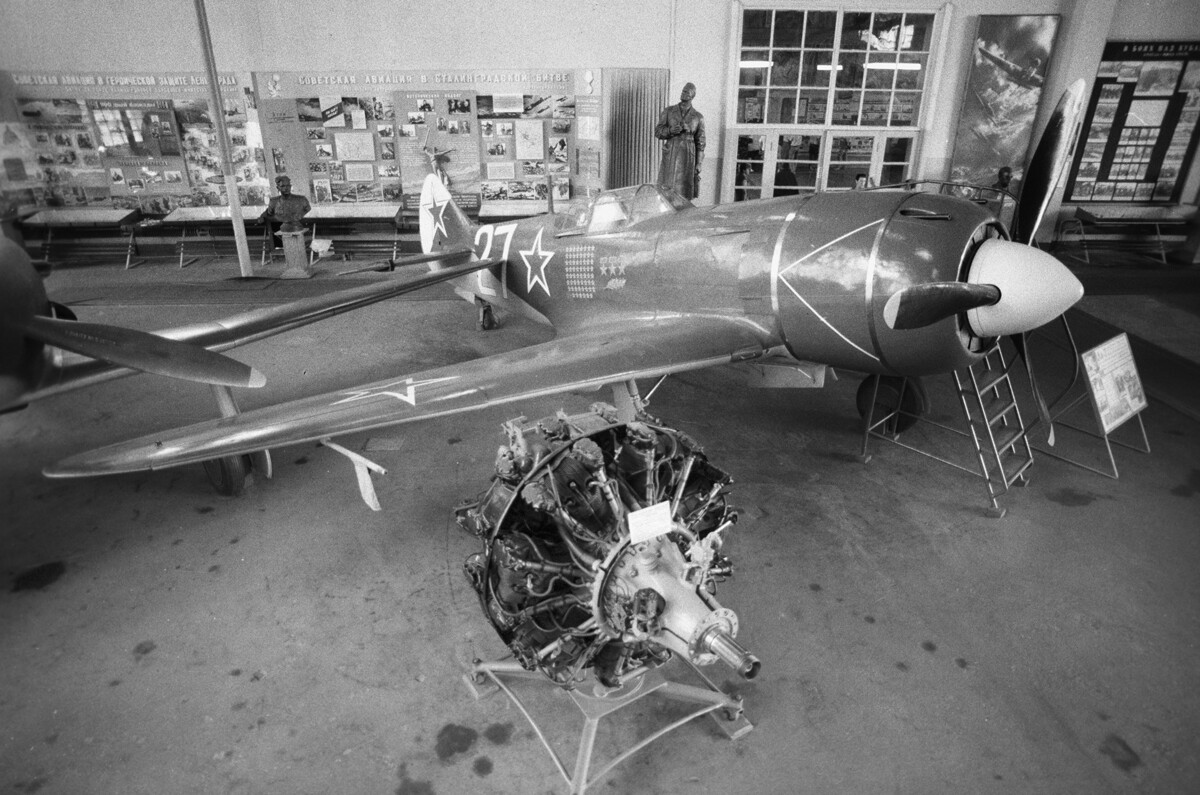
Ivan Kozhedub's La-7 fighter aircraft.
Igor Mikhalev/SputnikHere is how Kozhedub described one such aerial victory: "Two Messerschmitts started chasing me… I calmly spiraled upwards. The Germans followed at an excessively steep angle. I immediately realized that in gaining altitude in that way, the Germans would invariably either fall behind or stall. I started to closely observe the nearest Messerschmitt. The German did indeed soon run out of momentum, lose speed and stall. I quickly put my ‘Lavochkin’ into a hammerhead turn (an aerobatic maneuver allowing a rapid change of flight direction to be performed), flew straight at the German and set him ablaze with my first good burst."

Senior Lieutenant Kozhedub received his first Hero of the Soviet Union star on February 4, 1944. At that time, he had 20 takedowns of enemy aircraft to his credit. Half a year later, he was awarded a second star. By then, his aerial victories had grown to 48. Ivan Nikitovich became a three-time ‘Hero in the wake of Victory’ in August 1945.

The secret of the Soviet flying ace's success was the ability to assess a situation instantly, make an accurate judgment of the risks and pick the right course of action. Kozhedub could handle a fighter plane with masterly skill and was adept at adopting different maneuvers: the weave, the break, the zoom climb and others. "Precision maneuvering, overwhelming rapidity of attack and striking at extremely short range," is how Ivan Nikitovich described the fundamentals of aerial combat.
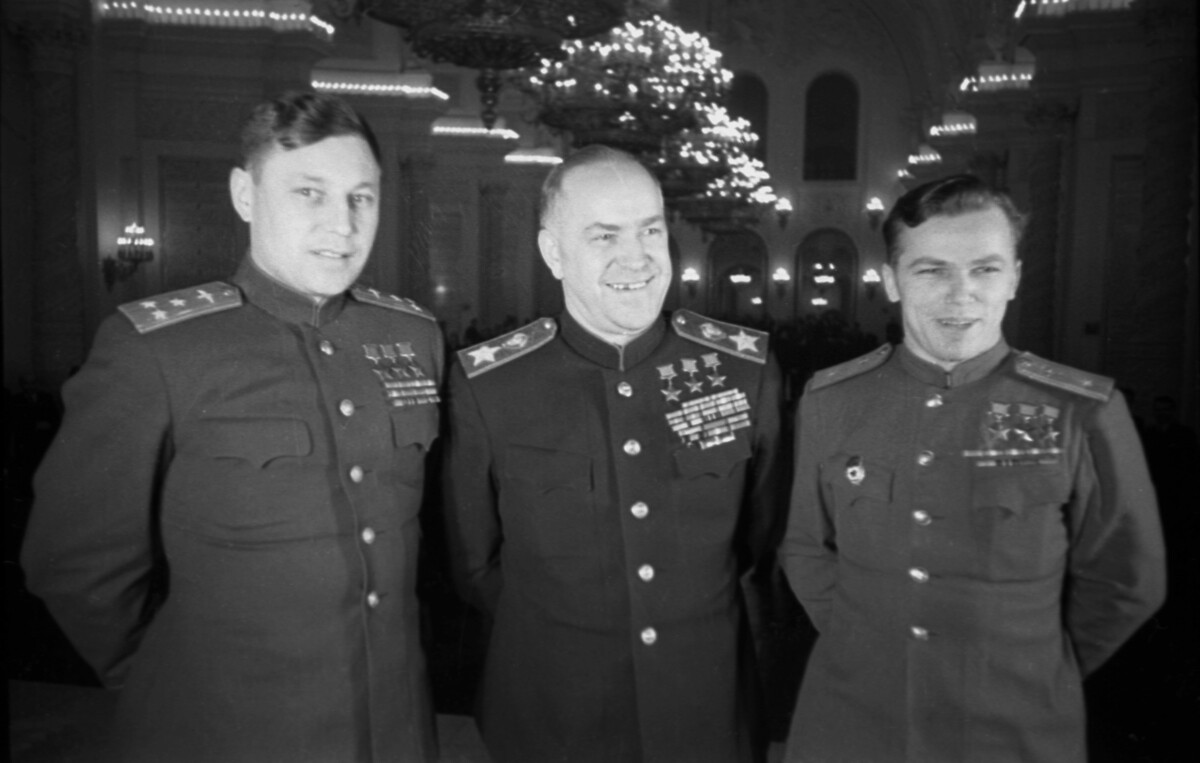
Soviet ace Alexander Pokryshkin, Marshal Georgy Zhukov and Ivan Kozhedub in Kremlin, 1945.
Yakov Khalip/SputnikKozhedub constantly worked to improve his optical judgment, visual memory and powers of observation. He also understood the importance of physical exercise: "A pilot who is physically fit can easily endure both sharp descents from high to low altitude and the effect of g-forces. Sometimes, everything goes dark before your eyes because of the g-forces. And when you recover, you immediately revert to the combat environment and again operate at any altitude or speed and in any orientation. You can achieve much with physical training: Even in front line conditions, my comrades and I found time for exercise."

Ivan Nikitovich didn't lack courage. In the fighting for the Dnieper in the Fall of 1943, he single-handedly attacked a group of 18 German bombers flying without fighter cover.
"I dive steeply from a height of 3,500 meters, gaining maximum speed. I close in rapidly. Aiming is tricky. I open fire at the head of the column to sow panic in the combat formation. I slam into the enemy group. The Fascist gunners return fire. I sheer away from my trajectory. I thrust the plane from side to side. One moment I appear from one of the flanks, then from above, then from below. My engine functions smoothly. The plane obeys my every move… Surprise maneuvering, constant turning, precision and rapid action cause confusion in the enemy formation. The planes cease bombing and come out of their dives…"
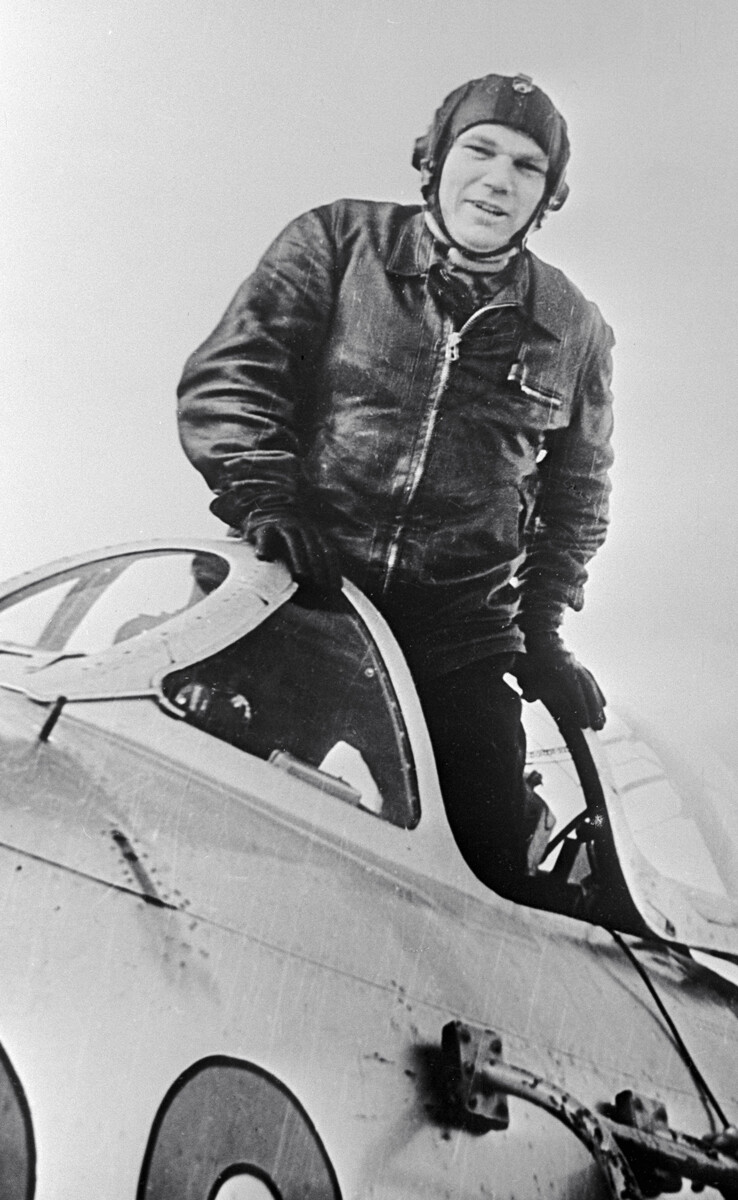
Kozhedub in 1964.
Khorobrych/SputnikKozhedub was one of the first pilots in the anti-Hitler coalition to manage to shoot down a German jet-powered Messerschmitt Me 262 ‘Schwalbe’. Unfortunately, he also shot down (according to his own admission) two American P-51 ‘Mustangs’ that attacked his plane by mistake in April 1945. The Soviet fighter ace only realized he had squared off against allies when it was too late and the dogfight was over.
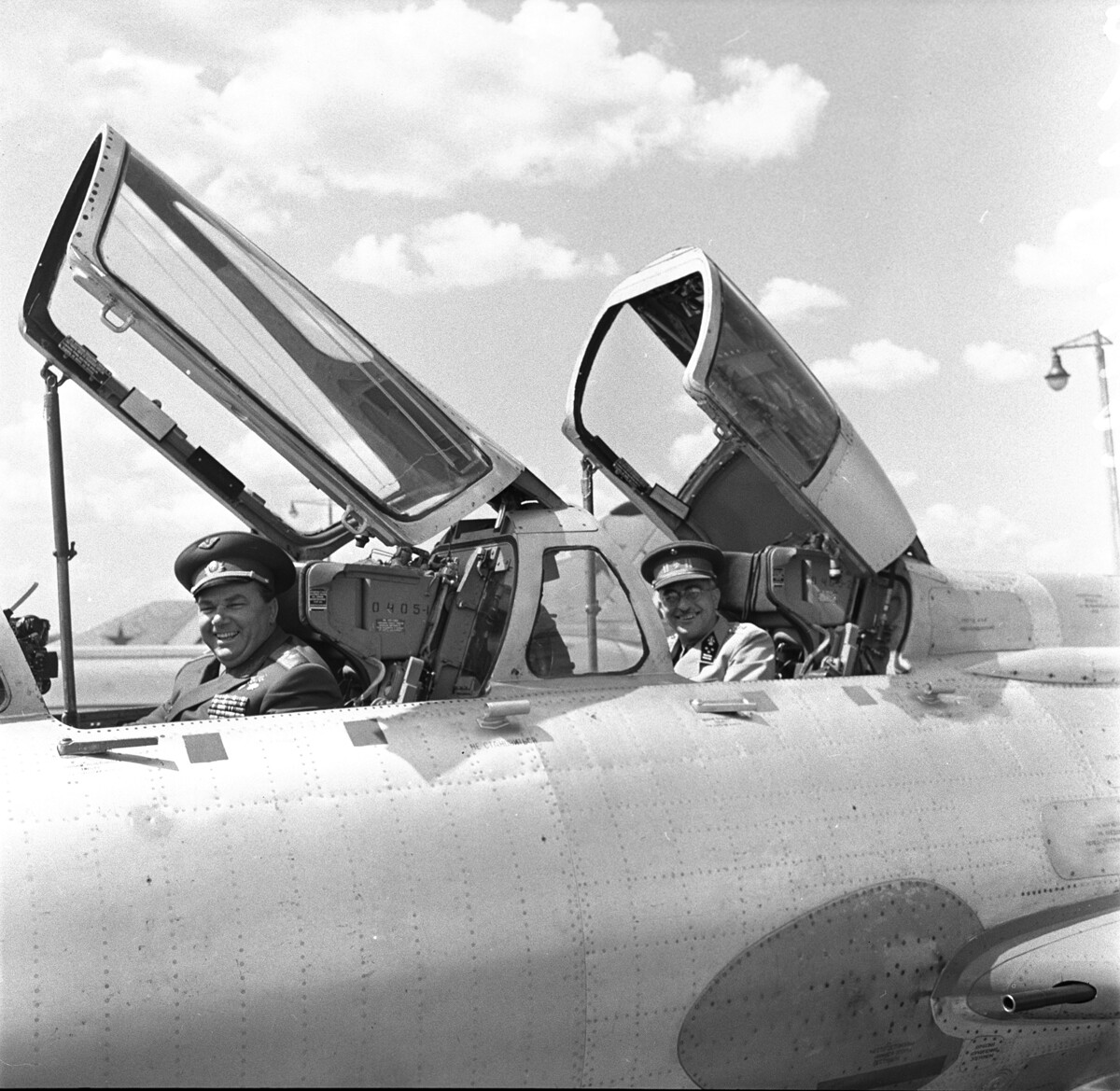
Kozhedub with his Belgian colleague lieutenant general J.V. Vivario in 1968.
Lev Polikashin/SputnikIn 1951, Ivan Nikitovich set off for the war in Korea. He was in charge of the 324th Fighter Aviation Division, which scored 216 aerial victories under his command. The colonel was expressly forbidden to take part in combat sorties himself.
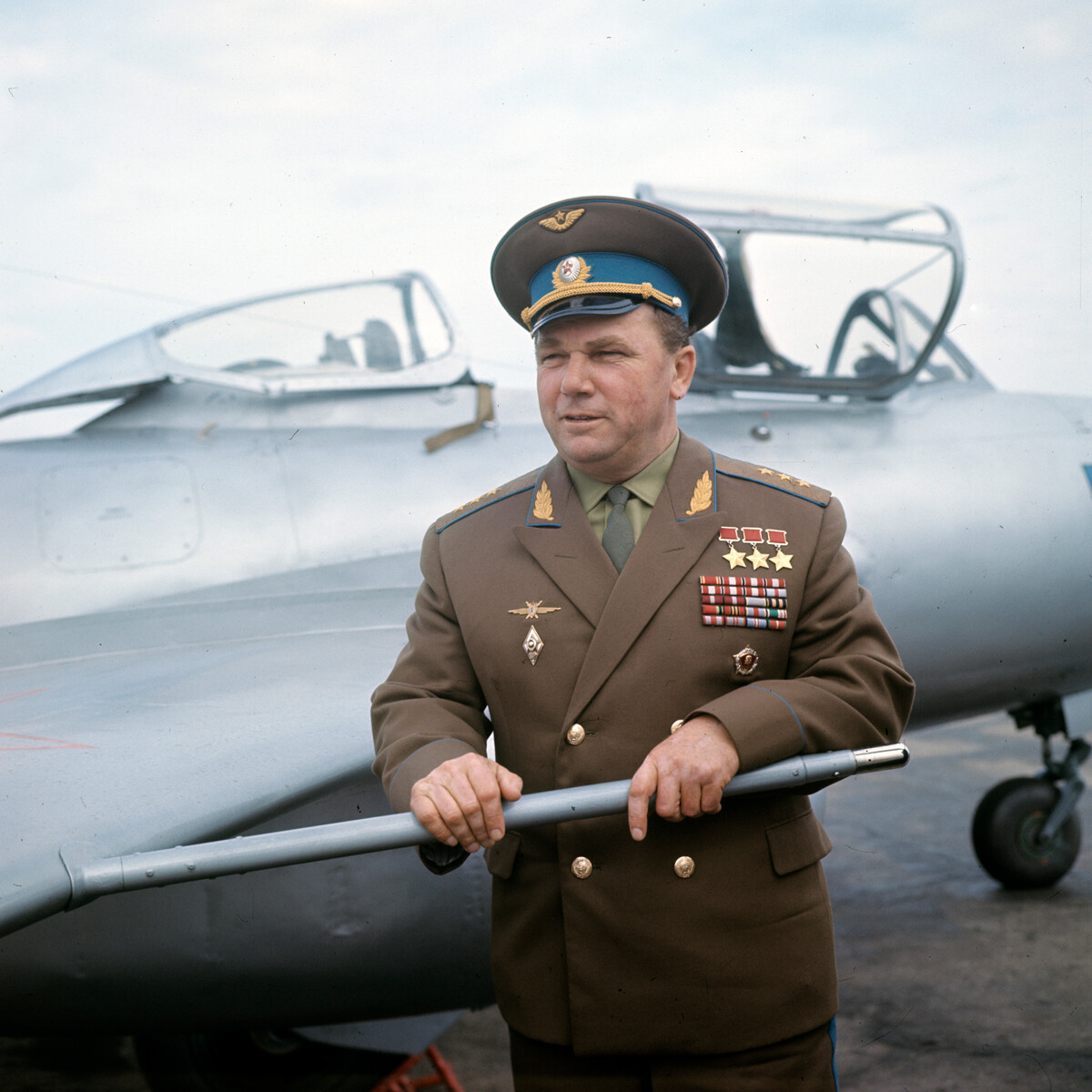
Kozhedub in 1973.
Mikhail Kuchtarev/SputnikAfter that, the celebrated aviator remained in the organizational structures of the air force and, in 1985, was promoted to the rank of Marshal of Aviation. He died on August 8, 1991, just a few months before the break-up of the Soviet Union.
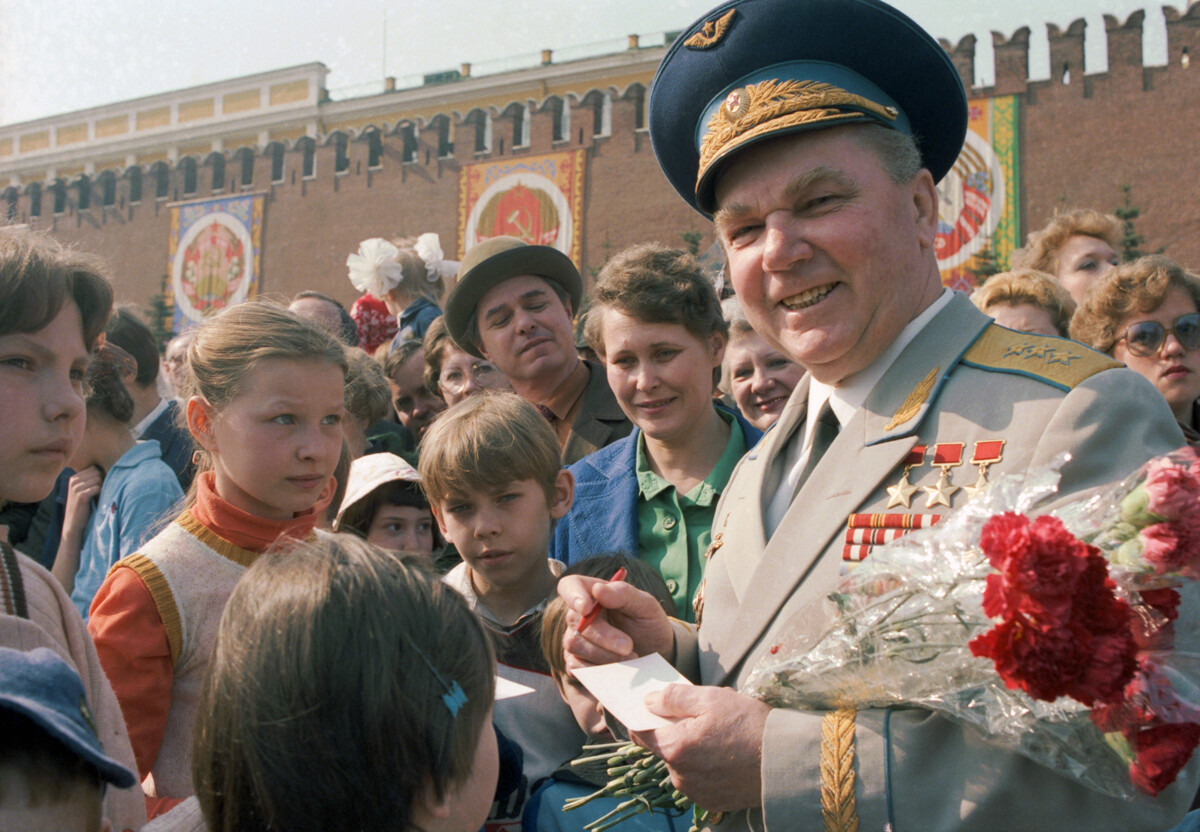
Ivan Kozhedub in 1984.
Oleg Ivanov/TASSIf using any of Russia Beyond's content, partly or in full, always provide an active hyperlink to the original material.
Subscribe
to our newsletter!
Get the week's best stories straight to your inbox